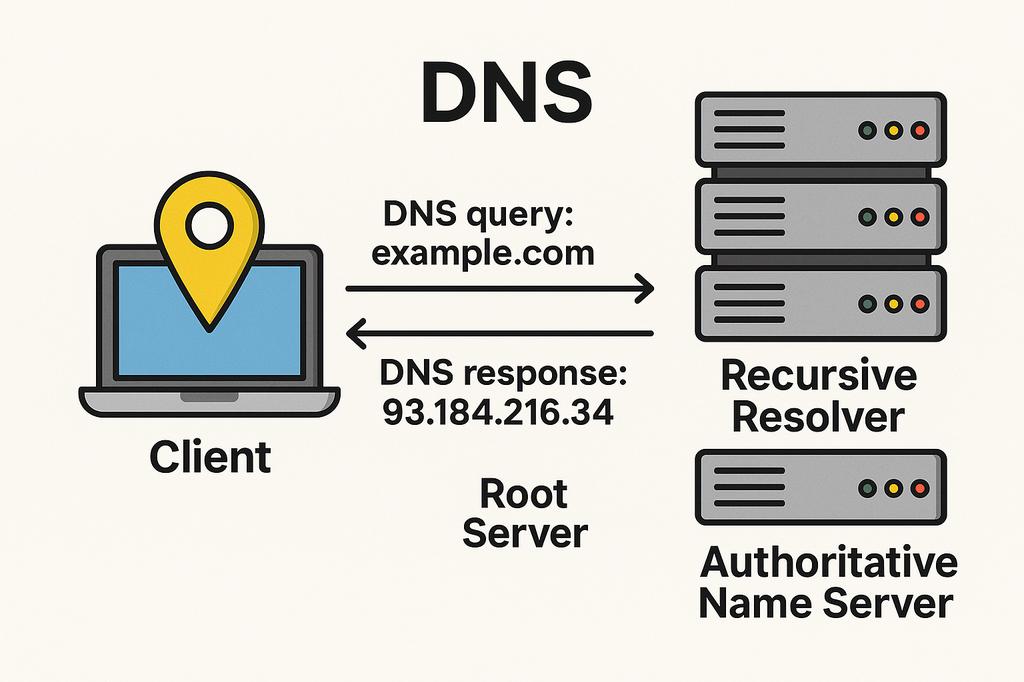What is DNS?
DNS (Domain Name System) acts as the phonebook of the internet, mapping human-readable domain names to IP addresses. This enables browsers to load Internet resources easily without remembering numeric addresses.

When you type a URL into your browser, a DNS query is triggered to resolve the domain to an IP. This involves recursive resolvers, root servers, TLD servers, and authoritative servers. Caching optimizes this process and reduces latency.
DNS records include A (address), AAAA (IPv6), MX (mail), TXT (verification), CNAME (alias), NS (name server), and more. Each record type serves a different purpose in identifying or verifying services.
DNS attacks such as cache poisoning or spoofing highlight the importance of DNSSEC, which adds cryptographic signatures to ensure authenticity. Businesses also use DNS filtering to block malicious domains and improve security posture.
DNS load balancing helps distribute traffic efficiently and improve service availability. Understanding DNS is fundamental for system admins, security analysts, and anyone managing online infrastructure.
